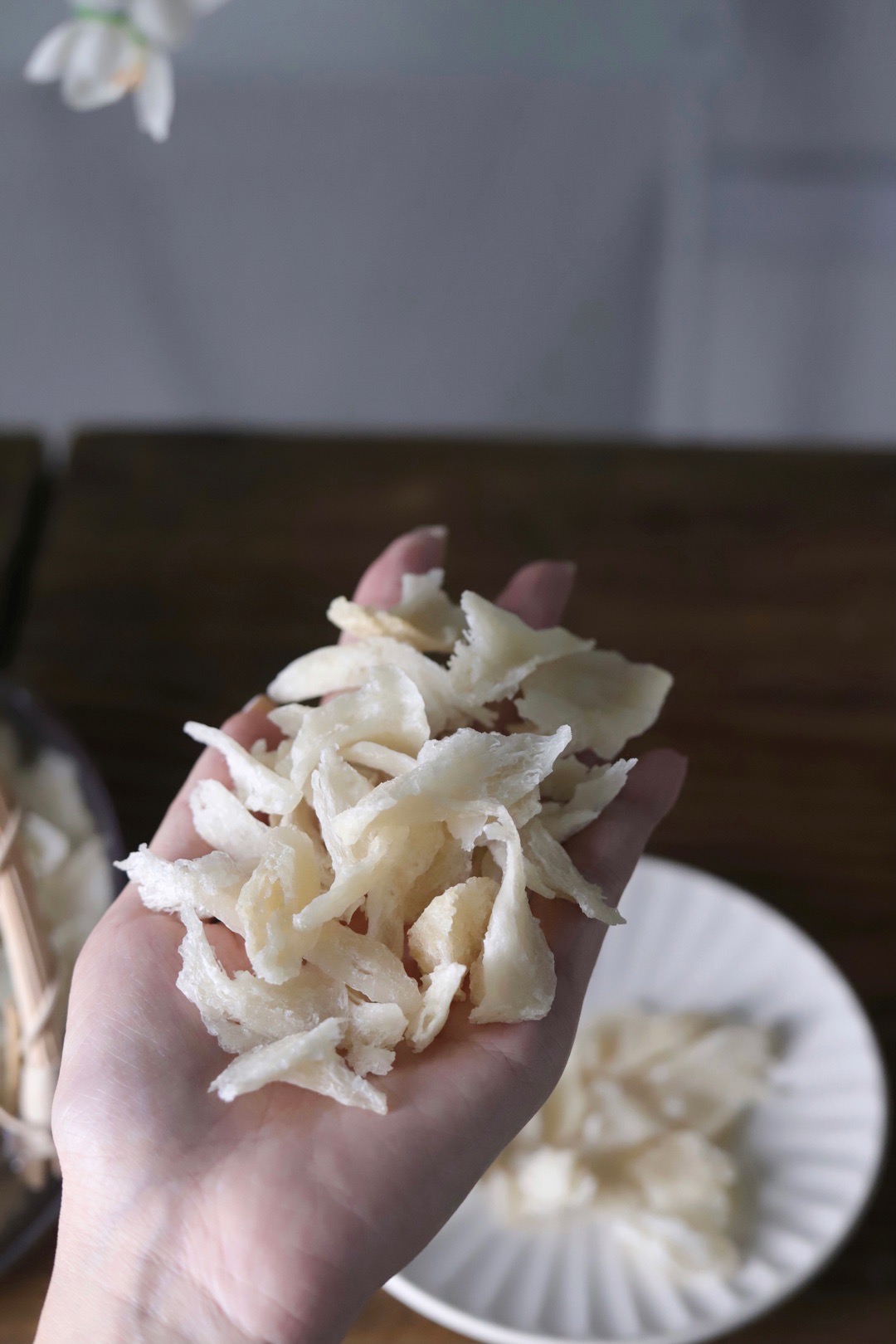This traditional delicacy comes in many grades, each with its own value. Understanding the differences in purity, form, and rarity will help you recognise what makes a premium choice.
The Form of the Nest: Whole vs. Fragments
One of the most significant factors influencing a nest’s standing is its shape. More accessible options often come in the form of strips or broken pieces. These fragments contain the same essential substance but may have broken off during the harvesting or cleaning of whole nests. They are a practical and popular choice for personal or family consumption where the final appearance is not a primary concern.
On the other end of the spectrum are the whole, perfectly formed nest cups. These are rarer, as they must survive the entire process from harvesting to packaging completely intact. Their complete, aesthetically pleasing shape is highly valued in traditional gifting culture as a symbol of respect and perfection, thus giving them a more esteemed status.

The Level of Purity and Processing Method
The amount of preparation the nest has undergone is another crucial differentiator. Some nests may contain a higher degree of natural impurities, such as feathers and sediment, which requires the end consumer to spend more time cleaning them before cooking.
Highly regarded selections, however, are those that have been subjected to a meticulous and labor-intensive hand-cleaning process. Skilled workers spend hours using tweezers to remove nearly all traces of impurities, using only purified water. This commitment to a chemical-free, manual process preserves the nest’s integrity and results in a product of exceptional purity. The higher valuation directly reflects the immense time and skill invested.
The Influence of Source and Rarity
Finally, the origin and natural rarity of a nest play a part in its traditional valuation. Nests sourced from more common environments and with the typical ivory coloration are more widely available. However, certain nests are naturally rarer. This can be due to their source, such as those from specific, difficult-to-access caves, or their unique natural coloration, like the uncommon golden or red-hued nests. As with any natural product, rarity contributes to a higher traditional standing.

Making the Right Choice for Your Needs
In essence, the “real difference” across the spectrum of bird’s nest options is based on these clear factors: the completeness of its form, the meticulousness of its preparation, and its natural rarity. Understanding these distinctions allows a consumer to mvake an informed choice that best suits their specific purpose, whether for regular personal use or as a significant gift.


